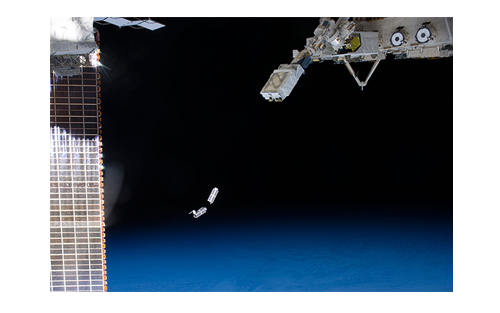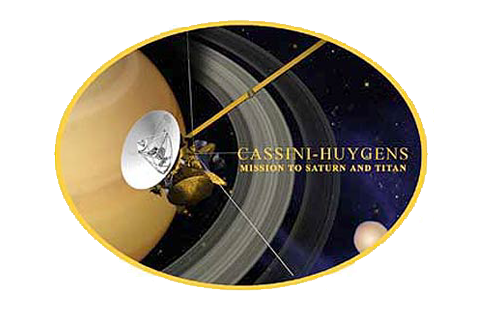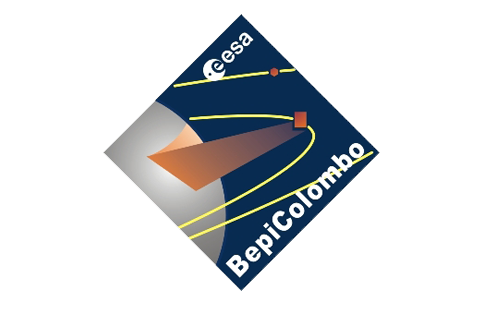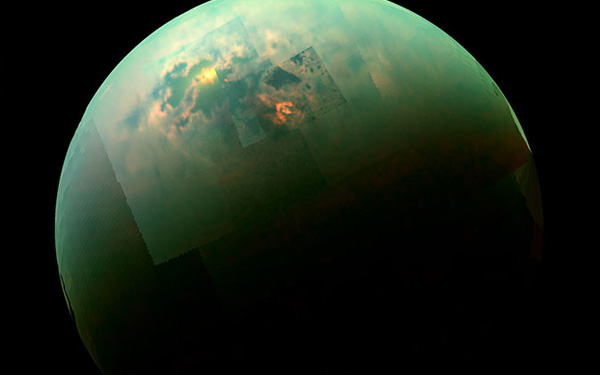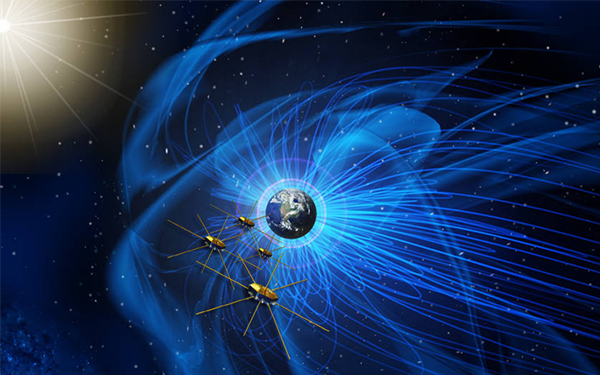CubeSats
Jessica Armstrong2023-05-25T20:12:27+00:00CubeSats SwRI is involved in a number of NASA CubeSats with the goal of providing low-cost platforms for space-based experiments. CubeSats are small, modular satellites, typically with only one or two scientific instruments, that piggy-back on larger satellite launches. CERES The Compact Radiation BElt Explorer (CeREs) is a 3U CubeSat that is part of NASA's Low-Cost Access to Space program. CeREs will primarily be focusing on radiation belt electrons, studying the energization and loss processes of these electrons, low-energy seed populations for the radiation belts, and microbursts. A secondary science goal for CeREs is the [...]


